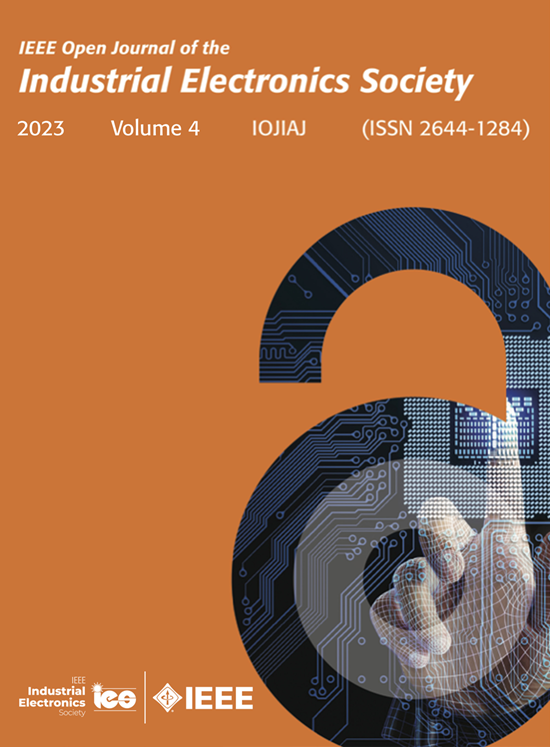在电源变换器设计中使用线绕电阻的建议和典型错误
IF 4.3
Q1 ENGINEERING, ELECTRICAL & ELECTRONIC
IEEE Open Journal of the Industrial Electronics Society
Pub Date : 2025-04-16
DOI:10.1109/OJIES.2025.3561822
引用次数: 0
摘要
线绕电阻是现代电源变换器中最常用的无源元件之一。它们有多种用途,包括传感、限流、放电和制动,因此,根据它们的主要目标,它们被构建为优先考虑其特性之一。同时,WR的一个特点是寄生电抗较大,必须加以考虑。这一特点对电源变换器的运行有很大的影响,因此,必须仔细分析所有的副作用,并采取对策。为了消除这方面的差距,作者详细介绍了功率转换器中带有wr的各种电路的设计,并形式化了设计过程,重点介绍了11个检查点。作者分享了他们在这一领域20年的经验,并举例说明了5种最常见的示波器错误,从而简化了错误定位。它至少节省了一次原型迭代,并节省了大量资源。本文主要针对年轻的研究人员,但是,对于没有wr设计坚实背景的经验丰富的工程师也可能有用。本文章由计算机程序翻译,如有差异,请以英文原文为准。
Recommendations and Typical Errors on Usage of Wirewound Resistors in Design of Power Converters
The wirewound resistors (WRs) are one of the most popular passive components in modern power converters. They are used for many purposes, including sensing, current limitation, discharging, and braking, therefore, depending on their main target, they are constructed prioritizing one of its characteristics. At the same time, one of the specifics of WR is significant parasitic reactance, which must be taken into account. This feature significantly impacts the operation of power converters, therefore, all side effects have to be carefully analyzed and countermeasures have to be implemented. In order to eliminate gap in this area, the authors provide a detailed insight into the design of various circuits with WRs in power converters and formalize the design process, highlighting 11 checkpoints. The authors share their 20-years experience in this field and illustrate five the most popular mistakes with oscillograms, which simplifies the misstep localization. It saves at least one iteration of prototyping and saves significant resources. This article is mainly addressed to young researchers, however, it could also be useful for experienced engineers without solid background in design with WRs.
求助全文
通过发布文献求助,成功后即可免费获取论文全文。
去求助
来源期刊

IEEE Open Journal of the Industrial Electronics Society
ENGINEERING, ELECTRICAL & ELECTRONIC-
CiteScore
10.80
自引率
2.40%
发文量
33
审稿时长
12 weeks
期刊介绍:
The IEEE Open Journal of the Industrial Electronics Society is dedicated to advancing information-intensive, knowledge-based automation, and digitalization, aiming to enhance various industrial and infrastructural ecosystems including energy, mobility, health, and home/building infrastructure. Encompassing a range of techniques leveraging data and information acquisition, analysis, manipulation, and distribution, the journal strives to achieve greater flexibility, efficiency, effectiveness, reliability, and security within digitalized and networked environments.
Our scope provides a platform for discourse and dissemination of the latest developments in numerous research and innovation areas. These include electrical components and systems, smart grids, industrial cyber-physical systems, motion control, robotics and mechatronics, sensors and actuators, factory and building communication and automation, industrial digitalization, flexible and reconfigurable manufacturing, assistant systems, industrial applications of artificial intelligence and data science, as well as the implementation of machine learning, artificial neural networks, and fuzzy logic. Additionally, we explore human factors in digitalized and networked ecosystems. Join us in exploring and shaping the future of industrial electronics and digitalization.
 求助内容:
求助内容: 应助结果提醒方式:
应助结果提醒方式:


